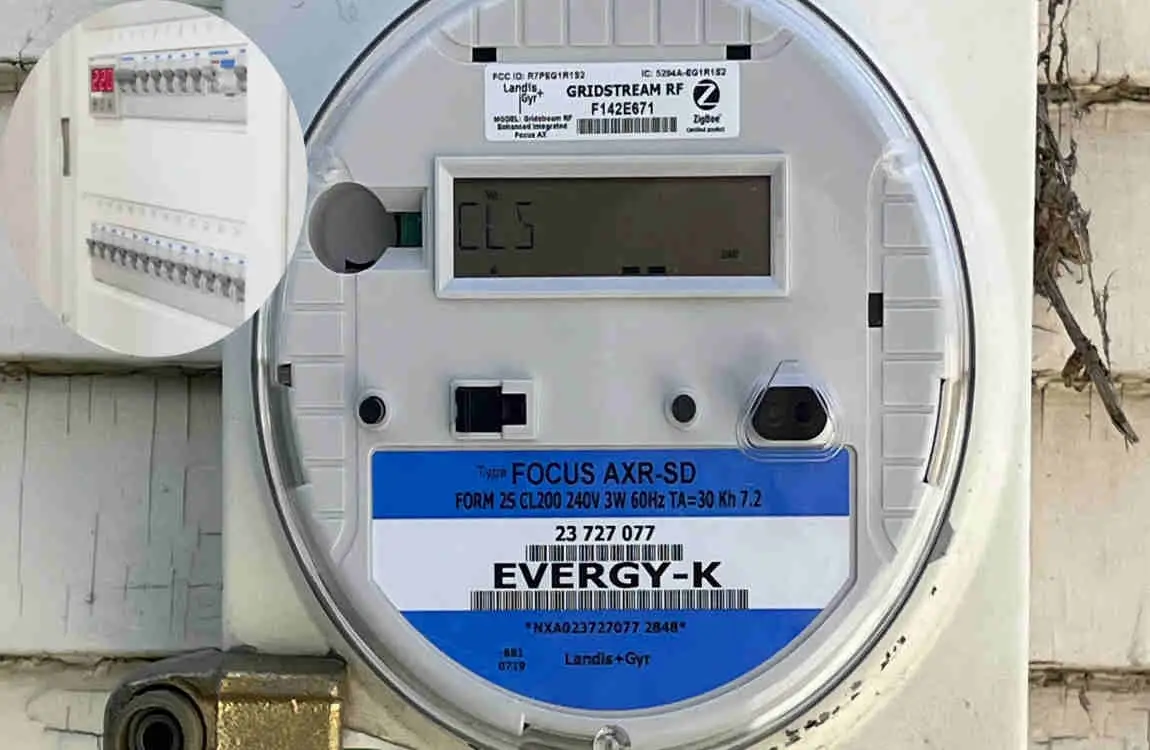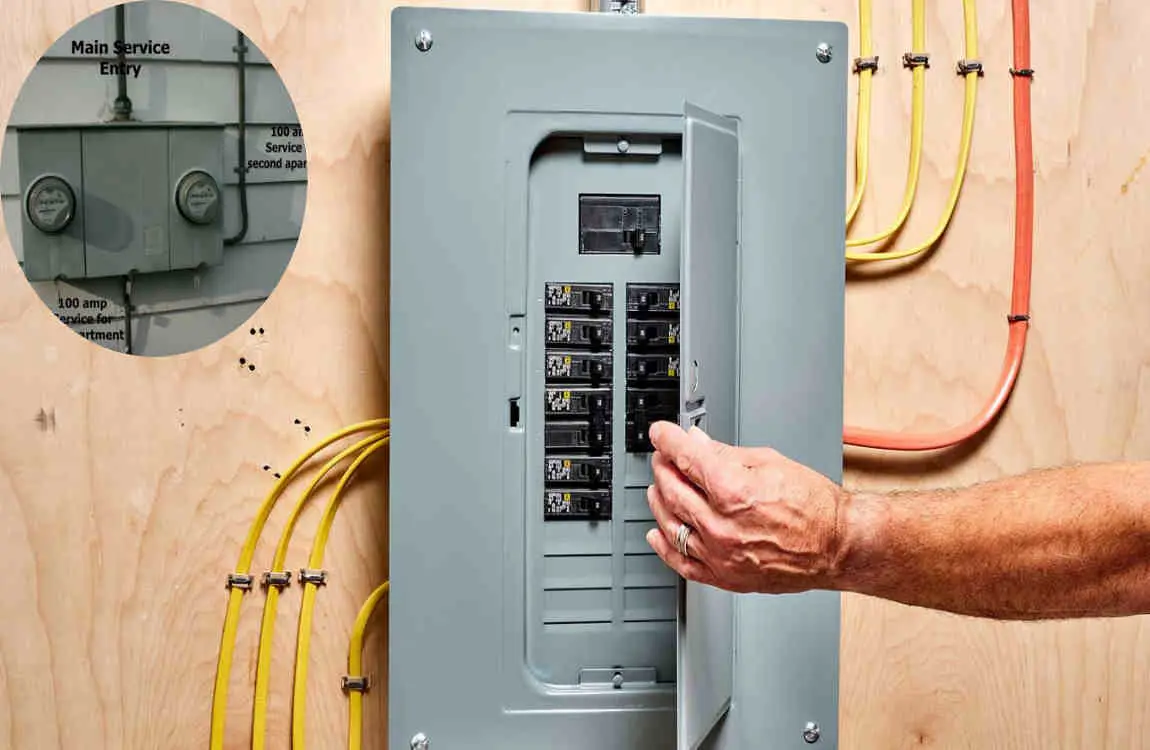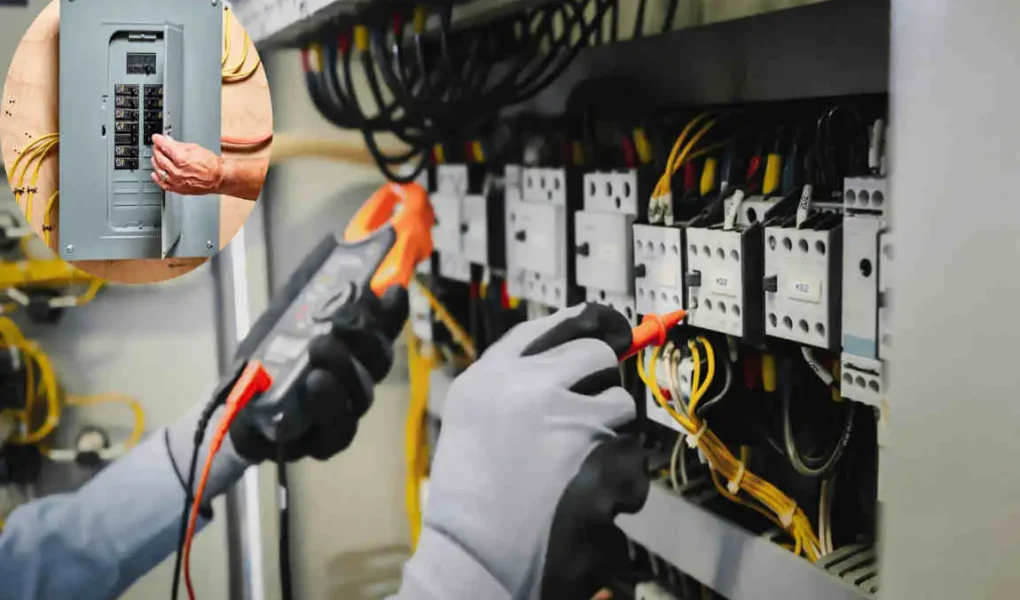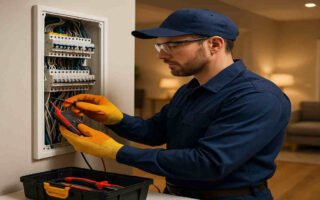The average amperage for a typical house is generally between 100 to 200 amps. Older homes may have electrical services as low as 30 amps, while larger or more modern homes with extensive electrical needs can have service panels rated up to 400 amps. This range covers the volume of electricity flowing through the home’s wiring to power lights, appliances, and other house electrical systems commonly found in residences.
Understanding the Electrical System in a House

A house’s electrical system is a complex web of components that work together to provide power. At its core, it includes the main service panel, wiring, and outlets throughout your home.
Electricity enters your home through the main service panel. It distributes power to various circuits for different areas and appliances. Each circuit has breakers that protect against overloads.
Wiring connects everything, running through walls and ceilings to deliver electricity right where it’s needed. Different types of wiring are used depending on the specific requirements of each area or device.
Outlets allow you to plug in devices safely and conveniently. Understanding this system helps homeowners manage their energy use effectively while ensuring safety at all times. Regular inspections can prevent issues before they arise, keeping your home’s electrical health in check.
Factors That Affect Amperage Usage in a Home
Several factors influence how much amperage a household consumes. One significant aspect is the size of the home. Larger spaces often require more energy to power lighting, heating, and cooling systems.
The number of occupants also plays a crucial role. More people typically mean more devices in use at any given time, from smartphones to appliances.
The types of appliances matter too. Energy-efficient models consume less electricity compared to older ones. Even within similar categories, some units draw significantly more amperage than others.
Seasonal changes impact usage as well. For instance, summer brings higher air conditioning demands while winter may lead to increased heating needs.
You may also read (understanding our home diagnostic based price calculator).
Average Amperage for Different Household Appliances and Devices

When considering the average amperage of a house, it’s essential to look at specific appliances and devices. Each device has its own power requirements, which directly influence overall amperage.
For instance, standard refrigerators typically draw about 6 to 8 amps. In contrast, larger kitchen appliances like an electric oven can consume significantly more—around 30 amps during operation.
Lighting fixtures vary widely based on bulb type; LED lights use less than 1 amp each. However, traditional incandescent bulbs might use around 1 to 2 amps.
Heating and cooling systems are major contributors as well. Central air conditioners often pull between 15 to 20 amps when running efficiently.
Understanding these numbers helps homeowners gauge their total electrical load better while planning for future upgrades or energy-saving strategies. Being aware of individual appliance consumption is key in managing your home’s electrical system effectively.
How to Calculate Your Home’s Total Amperage Needs
Calculating your home’s total amperage needs involves a few straightforward steps. Start by listing all the major appliances and devices you use regularly. Each item has a specific wattage, which is usually indicated on its label.
Next, convert watts to amps using this simple formula: Amps = Watts ÷ Volts. Most homes operate on 120 or 240 volts, depending on the appliance type.
For example, if you have a 1,500-watt heater connected to a standard outlet (120 volts), it will draw about 12.5 amps (1,500 ÷ 120).
Add up the amperage for each device to get your total usage during peak times. Remember that not all appliances run simultaneously; consider their usage patterns when calculating overall needs.
Keep safety in mind—your electrical panel should have some capacity beyond your calculated total to prevent overloads and ensure efficiency in your home’s energy consumption.
Tips for Managing and Reducing Amperage Usage in Your Home
Managing your home’s amperage usage can lead to significant savings and a more efficient electrical system. Start by identifying high-energy appliances. Consider switching to energy-efficient models, which consume less power.
Regular maintenance is key. Ensure heating and cooling systems are in top shape; dirty filters can cause them to work harder, drawing more amperage.
Smart power strips are another excellent investment. They help eliminate phantom loads from devices that continue using electricity even when turned off.
Incorporate natural light whenever possible. Opening curtains reduces the need for artificial lighting during the day, lowering overall consumption.
Be mindful of peak usage times. Running heavy appliances like dryers or dishwashers during off-peak hours can help balance your home’s total amperage needs effectively while saving money on utility bills as well.
You may also read (what are the elements of a modern midcentury home).




